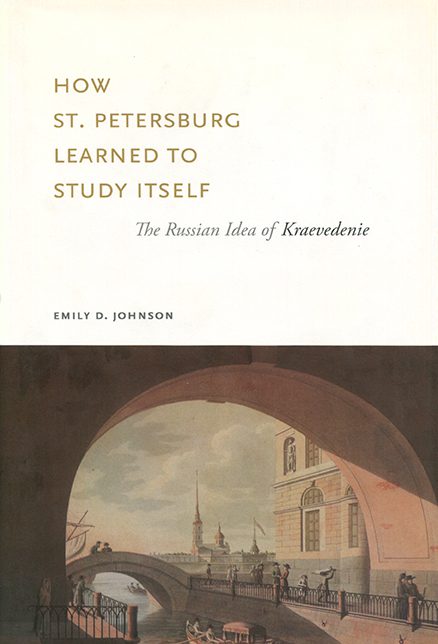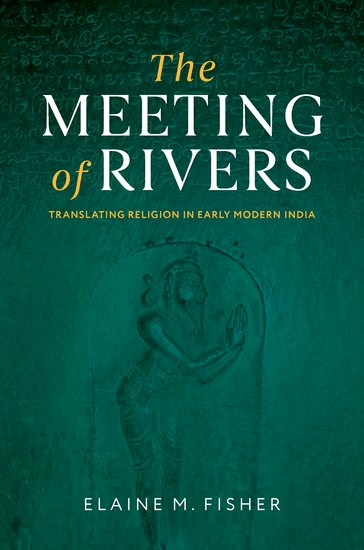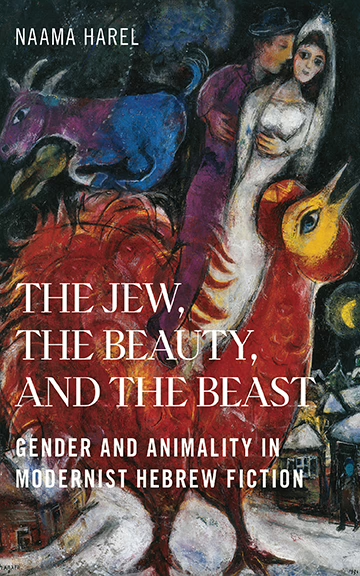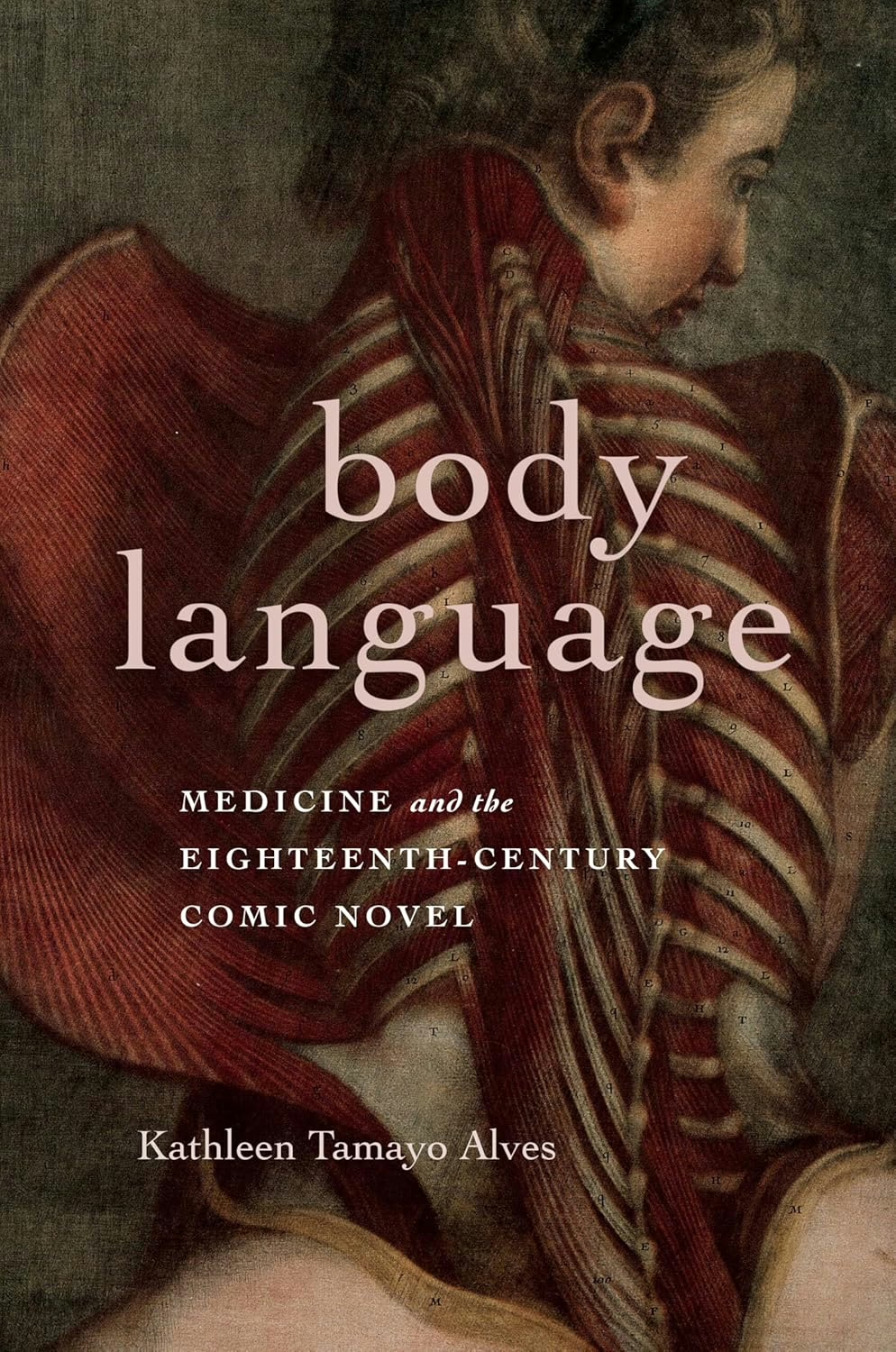Books

The Science of Local Sentiment
In the bookshops of present-day St. Petersburg, guidebooks abound. Both modern descriptions of Russia’s old imperial capital and lavish new editions of pre-Revolutionary texts sell well, primarily attracting an audience of local residents. Why do Russians read one- and two-hundred-year-old guidebooks to a city they already know well? In How St. Petersburg Learned to Study Itself, Emily Johnson traces the Russian fascination with local guides to the idea of kraevedenie.
Kraevedenie (local studies) is a disciplinary tradition that in Russia dates back to the early twentieth century. Practitioners of kraevedenie investigate local areas, study the ways human society and the environment affect each other, and decipher the semiotics of space. They deconstruct urban myths, analyze the conventions governing the depiction of specific regions and towns in works of art and literature, and dissect both outsider and insider perceptions of local population groups. Practitioners of kraevedenie helped develop and popularize the Russian guidebook as a literary form.
Johnson traces the history of kraevedenie, showing how St. Petersburg–based scholars and institutions have played a central role in the evolution of the discipline. Distinguished from obvious Western equivalents such as cultural geography and the German Heimatkunde by both its dramatic history and unique social significance, kraevedenie has, for close to a hundred years, served as a key forum for expressing concepts of regional and national identity within Russian culture.
How St. Petersburg Learned to Study Itself is published in collaboration with the Harriman Institute at Columbia University as part of its Studies of the Harriman Institute series.




